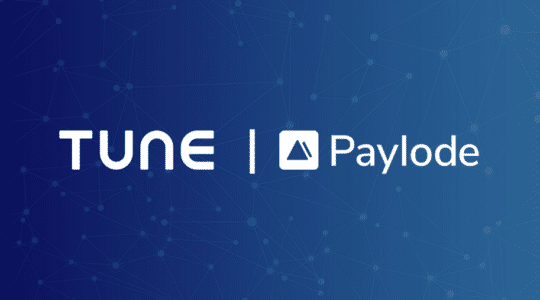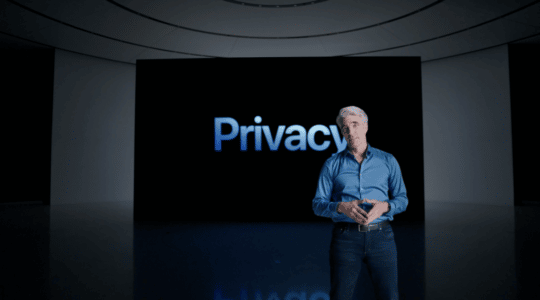
As we look back at 2021, it’s worth acknowledging the continual disruptions many are feeling coming out of this year, not simply from a business or industry perspective, but through our daily lives. While we collectively navigate the new world, a sense of whatever “normal” meant before is slowly showing its face again. Based on some of Google’s consumer insight trends for the year, people started going out to eat more frequently. Weddings were held after months, or even years, of delays. Movie theaters began filling up again.
Still, a seismic shift in the martech world that was already in motion gained a huge advantage in 2021 with work-from-home coming into focus for many people. The advertising game changed, and convenience-driven brands like DoorDash continued their path to dominance. The evolution of technologies like Zoom amplified a virtual life where people tried hard to replicate the real thing. Looking back, there is no shortage of interesting topics to talk about. Here, we review some of the top trends we noticed across the digital and partner marketing ecosystems in 2021.
2021 Digital and Partner Marketing Trends
E-commerce Takes Center Stage
Digital commerce has been around for decades, but the last year has proven just how powerful the partnerships channel is for business growth. With brick-and-mortar traffic stuck between mandated regulations and personal preference, shopping online has experienced a boom in more ways than one. Brands with long-established affiliate marketing programs are starting to think differently about the channel’s potential. What was once viewed as a secondary, direct-response channel at best – riddled with transparency and contribution challenges – has evolved into its next form; one that allows brands to tap into customers in several unique ways.
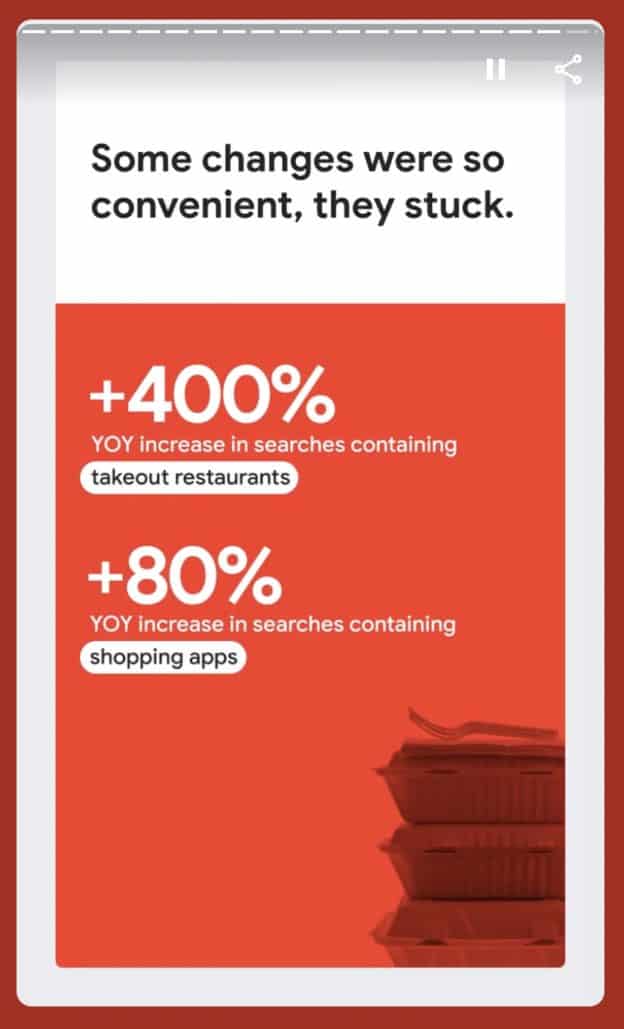
Source: Google Search Trends
New business sprang onto the scene, the “buy now, pay later” movement exploded, and personalization became even more critical in a brand’s playbook. The fintech market has seen an uptick in businesses driving the emerging cryptocurrency and NFT (non-fungible token) verticals, and REIT (real estate investment trust) and fractional investing started making its way into the average person’s portfolio. Gaming and work-from-home brands boomed with a significant number of people spending more time away from their corporate offices. Esports competitions are expected to exceed $1 billion in revenue by the end of this year, and it’s easy to understand why.
Traditionally siloed marketing teams now interplay more than ever, pushing the omni-channel boundaries where they can consciously diversify their traffic sources. PR doesn’t have to be a “halo effect” anymore – we can track that more cleanly than ever – and can build on deep relationships with publishers who understand a brand’s customer. Search is no longer relegated to positions one and two on results pages, and SEO now has a broader home as external content sites help evangelize the core business mission. Executive teams are starting to appreciate a more diverse mix of partners to help drive their acquisition strategy and, anecdotally, seem more inclined to trust them to test into the unknown.
The Creator Economy Evolves
Over the last several years, a new generation of partnerships emerged that places more emphasis on authentic brand engagement: the creator economy. Influencers, brand ambassadors, and personal entrepreneurs took to their YouTube and Instagram channels to support businesses, ushering in a new era of social direct response that wasn’t just paying for Facebook ads, where costs continue to rise and a fight for privacy drags on. TikTok took the world by storm and didn’t show any signs of slowing down; their growth this year speaks for itself.
We’ve started to see a similar-but-different approach when working with true influencers versus content creators. The former is defined by generally talking about brands and products they like (with or without paid endorsement) on their established Instagram, YouTube, blog, or other digital channels. However, content creators are typically building new content specific to the brand or products they are supporting (again, often with paid endorsement) and attaching their personal flair to engage their direct audience.
“One thing that comes to mind for me is the new distinction between ‘influencers’ vs. ‘content creators.’ Influencers are recognized because of their high follower count, not necessarily engagement. Content creators actually spend time, thought, and energy into creating content that resonates with brands and audiences. On the surface, they’re one and the same, but in 2021, brands focused more on content quality as opposed to number of followers. They saw a higher ROAS from micro- and nano-influencers — smaller followers with higher engagement.”
– Tie Davidson, Partnerships Manager, TUNE
It’s great when brands can get their A-list celebrity endorsements, but often, they come at a high cost and often lack a sincere connection, which is arguably more important in the long run than immediate return on investment. The nano-, micro-, and macro-influencer communities are a potent antidote to traditional marketing. Despite fewer followers than the mega-stars, these content creators tap into their audiences with personalized, vulnerable, and relatable content. It’s much easier to understand the value of a product or service through someone else’s experience when that someone feels real and genuine.
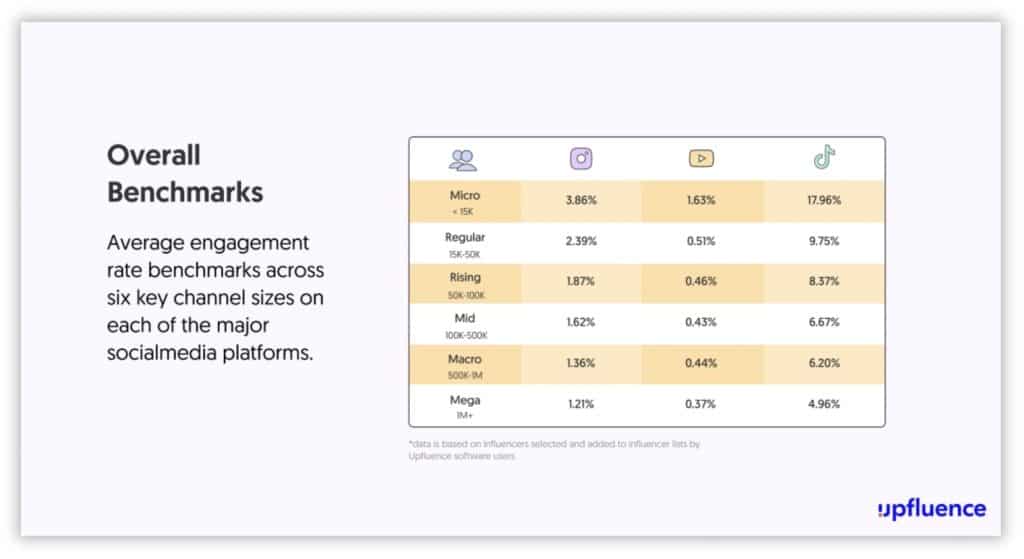
Source: Upfluence via www.influencermarketinghub.com
Many brands have finally accepted the importance of this channel and are hiring talent to navigate the growing industry. More emphasis is now placed on bringing in managers who understand the influencer space and know how to tap into the right combination of talent, authenticity, and charisma to source the best creators. And yes, in case you’re wondering, influencers are here to stay for a while.
Smarter Data and Better Privacy Are Non-Negotiable
Can you remember the last time an app or a website didn’t ask if it was OK to track you?
Driven primarily by changes to the Apple and Google ecosystems, privacy and compliance continue to write a major narrative. Brands are forced to compete with changing policies that, at least on the surface, seem designed to protect people’s information. It’s a tough sell in a world that’s relied so heavily on third-party cookies for advertising targeting, and the partner marketing landscape is no different. With cookies quickly becoming a relic of the past, brands need partners and technologies they can trust to treat customer information with the right sensitivity. Proper data hygiene isn’t just important for your business, it’s critical.
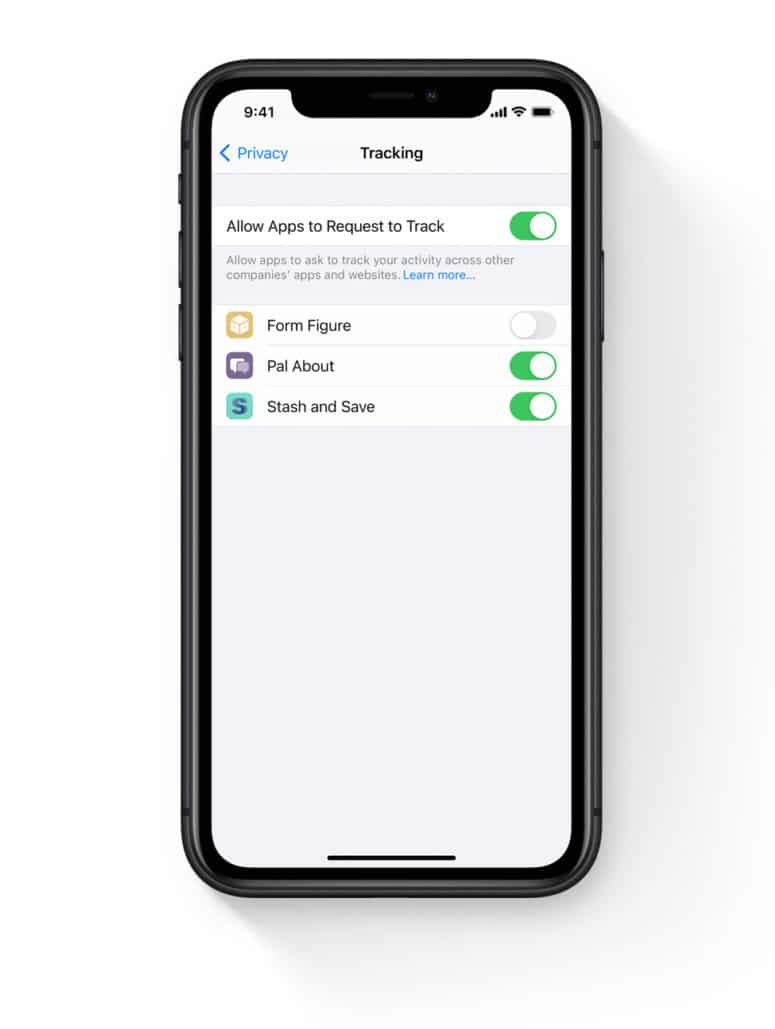
Source: Apple
In the past, a common challenge for many brands has been properly tracking and attributing results from their partner channels. This challenge was amplified when non-traditional partners (talking to you, influencers and podcasters) were added to the equation. Yes, you can have a tracking link with UTMs appended to a YouTube video or a swipe-up Instagram story, but as many brands have learned recently, Google Analytics is not the right tool for this job.
Plenty of businesses don’t rely on Google Analytics to track these campaigns, but far too many still do. By and large, Google’s solution is one of the lowest barriers for entry when a brand wants to kick off a partner marketing or influencer program with little impact to their tech stack. However, an increasing appetite for better insights is coming to the forefront as we enter 2022.
Read more about TUNE’s commitment to topics like GDPR, CCPA, and SOC compliance.
Consumers Lean Toward Authentic, Socially Conscious Brands
The shifting economy and a new generation of consumers drove many established brands to rethink their strategies in 2021. Meanwhile, a new legion of high-growth businesses has stepped in to fill gaps in the market; several of these are focusing on specific customer needs, long-standing pain points, and expanding traditional verticals to new limits. Is investing, crypto, or blockchain just too confusing to figure out? Tired of shopping at the same big-box retailers who may or may not be transparent in their production process? Ready to take that online course to learn coding during the weekend? New business growth has taken on new life in 2021 and, when paired with credible intent, is creating factions of loyal consumers.
The fourth wall has cracked. Consumers want brands to spark a legitimate connection with their values and needs. They need personalized, curated experiences (just don’t ask them to accept cookies…) before they will allow a product or service into their life.
While this shift may be new to some companies, many established brands are already playing their part to great success. One example is Patagonia, which announced it would donate 100% of their Black Friday revenue in 2021 to support environmental sustainability. The result? Patagonia saw a record-breaking $10 million in sales, five times more than they expected to bring in. Their site traffic has also seen a nice jump of over 47% from last year, as they continue to strike a social nerve with a consistent, purpose-driven message.
Acquisitions and Consolidation
There are always new partners, technologies, and agencies coming on to the scene, and 2021 saw a lot of consolidation across the media and marketing mix. Some agencies made the decision to join forces like Gen3 adding to its roster by bringing on Oak Digital, or Acceleration Partners and Streamline Marketing banding together, shifting the services dynamics.
Competitive fatigue and a wildly shifting economy has pushed several media companies to unify businesses for a healthier long-term outlook. Many of these brands share a similar customer base and strategic approach, so it’s not difficult to see why joining forces is attractive. From ironSource acquiring Tapjoy to Meredith joining forces with Dotdash, the new era of media giants is being born again. Even the Goliath that is Experian is taking out its checkbook in favor of product diversification and in recognition of the high-growth insurance technology vertical.
Influencer agencies and content creator managers are primed for heavy growth this coming year and should expect an increase in marketing dollars being pushed in their direction. Content publishers and mobile-first brands will continue to drive massive influence across all aspects of the digital landscape, with the partnerships channel seated at the intersection of the next stage.
Conclusion
As 2021 comes to a close, now more than ever we must accept that change is constant and no one can predict the future.
Consumers are simultaneously searching for more relatable experiences while rejecting much of traditional advertising; if you don’t have a proper mobile strategy, prioritize building one immediately. It’s more critical than ever for brands to implement a conversational marketing approach that speaks to consumers on a human level, and lean on their base of creators to develop uniquely crafted content. Attention spans are shortening, with short-form video becoming a much bigger factor as it is created and consumed by increasingly younger audiences on new apps and social media platforms.
Businesses with a purpose-driven or philanthropic message will continue to strike social nerves and chip away at market share. Convenience and technology-forward brands will keep developing new products and features to compete with emerging businesses in their vertical and a more diverse e-commerce landscape. And the partnerships industry will become one of the most valuable channels as more and more brands look to accomplish these goals in 2022.
Questions about adding partnerships to your marketing mix in 2022? Get in touch with us at sales@tune.com, or request a demo of the TUNE Partner Marketing Platform today.
Learn more about the partner marketing ecosystem in our Ultimate Guide to Partner Marketing e-book and blog series.
Author
Matt Miltenberger is the Head of Sales for the East Coast region at TUNE. He has spent the last 10 years in the e-commerce and partnerships space, helping several enterprise-level and emerging businesses in the retail, health and wellness, fintech, travel, and mobile verticals accelerate their growth. He most recently spent nearly five years with a prominent partner marketing agency, and can often be found tinkering in the kitchen with new recipes.


